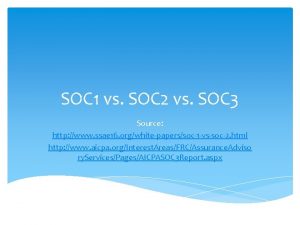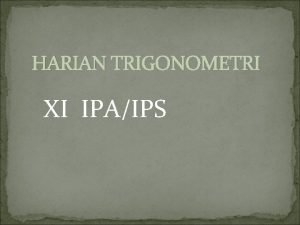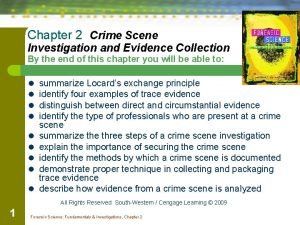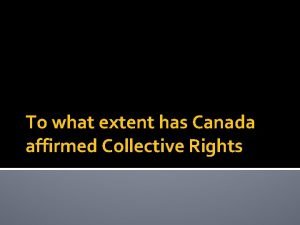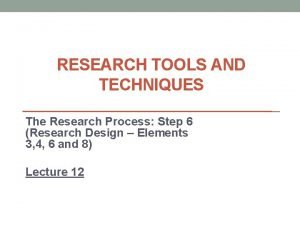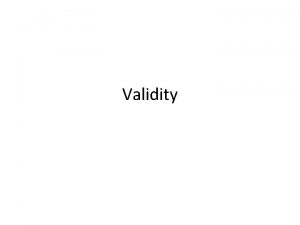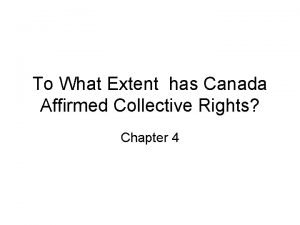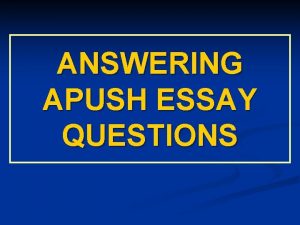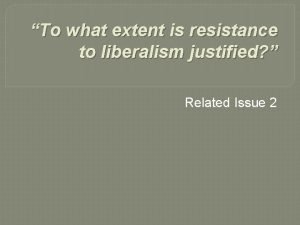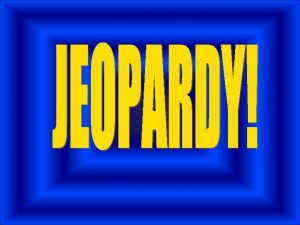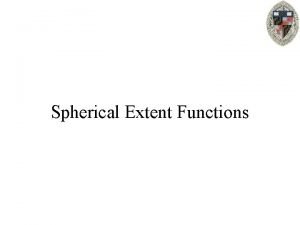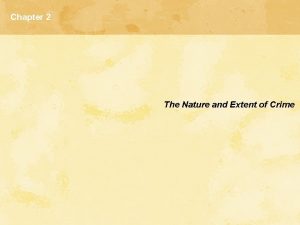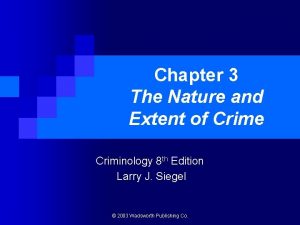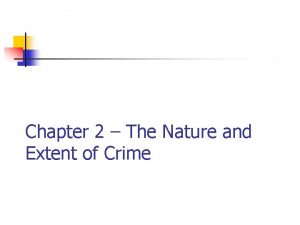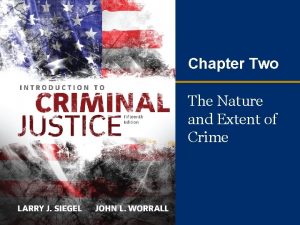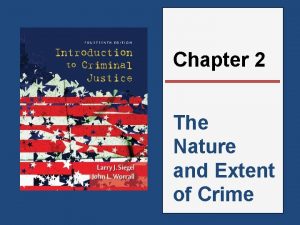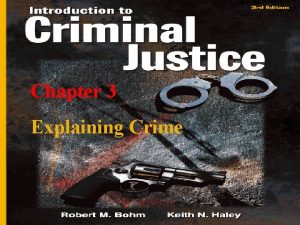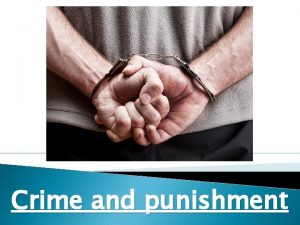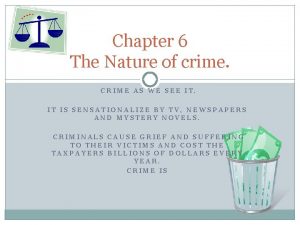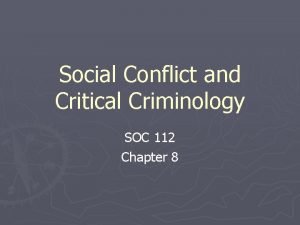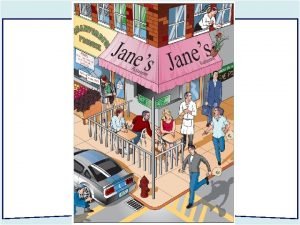Nature and Extent of Crime SOC 112 Chapter


















- Slides: 18

Nature and Extent of Crime SOC 112 Chapter 2

Introduction 1. Shocking crimes occurring - school / workplace shootings - hate crimes (minorities / gays) - serial killers (Ridgeway / pig farmer) - terrorist attacks a. Ask why? - most violent industrialized country - accept crime - age / race / gender / sex orientation

Introduction, cont. b. Study of crime / criminology - complex / fascinating venture (1) Understand basic concepts - crime / criminals / criminal law / criminology (2) Crime increasing since 9/11 - read news / see on tv - others / means little to us - senseless / unexplainable

Introduction, cont. c. Growing trend: workplace / school - Patrick Sherrill: “going postal” - Columbine High School d. Explore phenomenon - why do people kill? - focus on social sciences - interaction with criminal law (1) Criminal law

Introduction, cont. - legal mechanism - society reacts to crime (2) Through law - attempt to prevent crime e. Understand crime - determine what is criminal 2. Crime

Crime, cont. - different definitions - “An intentional act or omission that violates criminal statutory law. ” a. Historical meaning - not defined - private matters - wronged took action / kin (1) Family structure changed

History, cont. - societies more complex - people more mobile (2) Concept of crime developed - against the king - revenge = private citizen (3) King of Babylon (1900 BC) - “Code of Hammurabi” - first known written laws

History, cont. - existing rules / customs religious habits / beliefs “eye for an eye” both adults / youth b. King represented state - wrongs reported to king - wronged subject / wronged king - “crimes against the state”

Crime: Past and Present 3. Impression: more serious today - fabric of society unraveling a. Modern industrial societies - excluding US - significantly safer today - declined steadily since 13 th century - medieval / early modern Europe - 10 to 20 times higher b. Urbanization / industrialization

Crime, cont. - associated with declining levels US: more violent raised on violence laws / law enforcement: little help c. Prohibition - homicides increased - organized crime - CJS heavily involved - remained constant during 1930 s

Crime, cont. d. After WWII - upward trend - continued into 1980 s - but less than 19 th century (1) Why? - different laws / police / society (2) Condoned the killing of: - Native / African Americans

Crime, cont. 4. An act defined by law - understand: nature / purpose of law - every area of human interaction a. Used to: - protect ownership - define private / public property - regulate business - raise revenues - protect institutions

Crime, cont. - regulate: marriage / divorce / adoption - preserve order (criminal law) b. Designed to protect: - legal / social / political systems 5. Two systems of social control: - formal and informal a. Informal

Crime, cont. (1) Folkways - patterns of acting - arise from unconscious - fail to hold door open - mild ridicule / ostracism (2) Customs - more accepted behavior - violated / greater opposition - talking in theater - more stringent warning

Crime, cont. (3) Mores - group’s social norms - moral standards - considered essential / welfare and preservation - unemployed / drinking - sanctioned severely b. Formal - law: both civil / criminal

Crime, cont. (1) System of control (2) More specific - defines wrongful acts (3) More rational procedures - legislative body / courts - formal enforcement 6. Purpose of criminal law

Purpose, cont. - all behavior considered aberrant - what should be covered? a. How extensive? - same gender sex / prostitution / gambling / drug / alcohol / suicide - “victimless crimes” - society the victim? - religious or moral? b. How do we determine?

Purpose, cont. (1) Mala in se - wrong within themselves - murder / robbery / rape / etc. (3) Mala prohibita - wrong because we say they are - public drinking / loitering / etc. QUESTIONS: * do our laws control morality? * protect people against themselves?
 Soc 1 vs 2 vs 3
Soc 1 vs 2 vs 3 Importance of nature of delinquency
Importance of nature of delinquency Nilai dari cos 112 5° adalah
Nilai dari cos 112 5° adalah Nature and nature's laws lay hid in night meaning
Nature and nature's laws lay hid in night meaning Nature nature controversy
Nature nature controversy Chapter 7 deviance crime and social control
Chapter 7 deviance crime and social control Locard exchange principle
Locard exchange principle To what extent has canada affirmed collective rights
To what extent has canada affirmed collective rights English empire at its height
English empire at its height What is non contrived study setting
What is non contrived study setting Concurrent validity nedir
Concurrent validity nedir To what extent should we embrace globalization
To what extent should we embrace globalization Should internationalism be pursued
Should internationalism be pursued To what extent has canada affirmed collective rights
To what extent has canada affirmed collective rights To what extent should nation be the foundation of identity?
To what extent should nation be the foundation of identity? How to answer to what extent questions apush
How to answer to what extent questions apush To what extent should we embrace nationalism
To what extent should we embrace nationalism Is resistance to liberalism justified
Is resistance to liberalism justified
